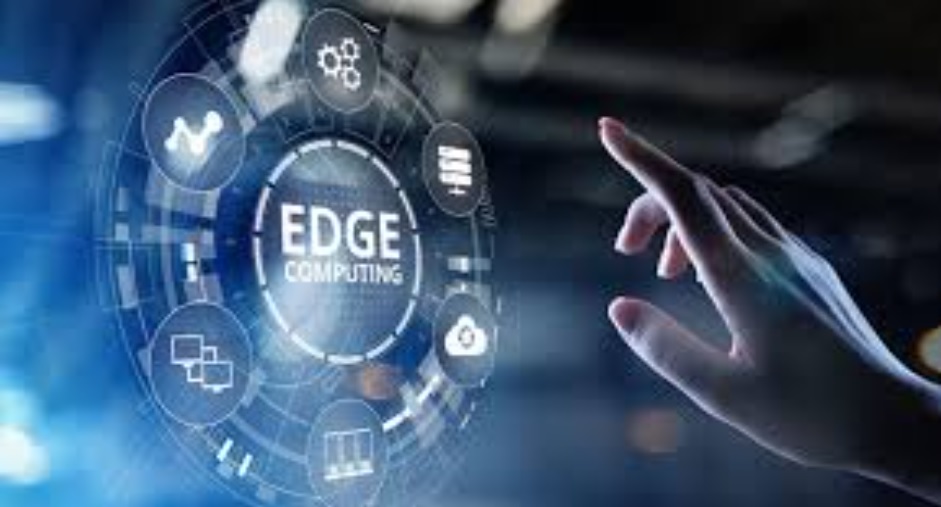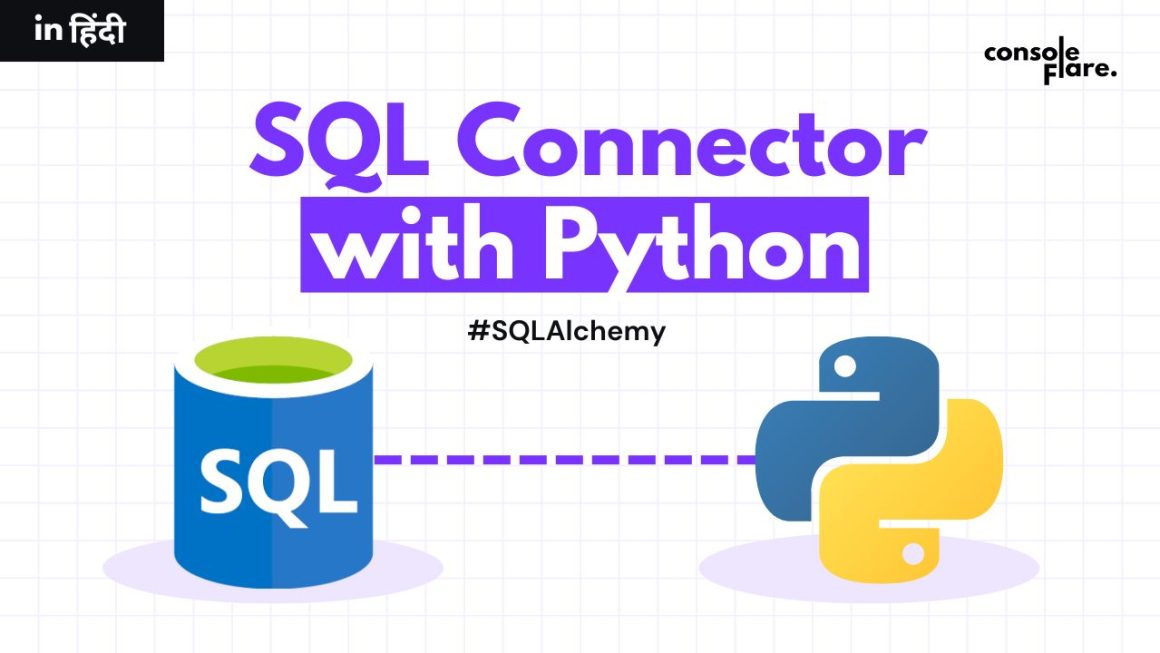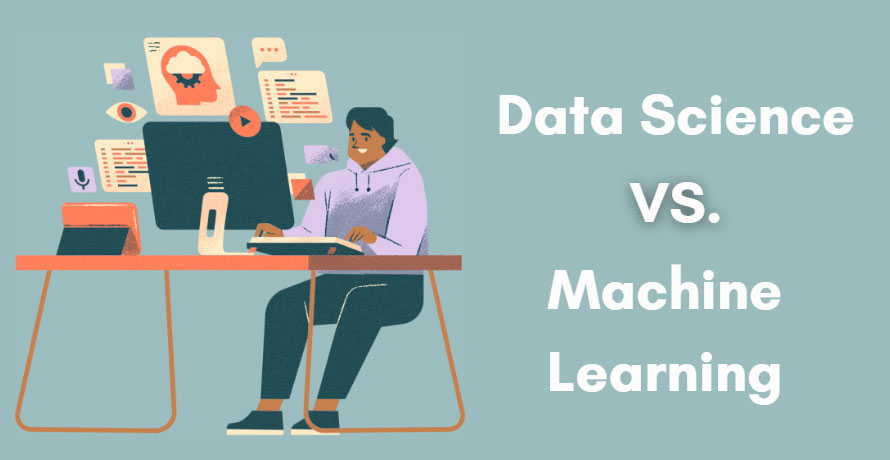In today’s hyper-connected world, data is being generated at a staggering pace—from smartwatches and smartphones to sensors in homes, factories, and vehicles. The real challenge isn’t just where to store all this data, but how—and where—to process it efficiently.
Enter edge computing: a modern approach to data processing that brings computation closer to the source of data.

What Is Edge Computing?
Unlike traditional cloud computing, where data is sent to centralized servers for processing, edge computing happens at the “edge” of the network—closer to where the data is generated. This could be on a local server, an IoT device, or even a router.
The primary goal? Reduce latency, enhance speed, and enable real-time decision-making.
Why Edge Computing Matters?
Imagine an autonomous vehicle navigating through traffic. When milliseconds matter, it can’t afford to wait for instructions from a remote data center. With edge computing, the vehicle can analyze sensor data in real time, allowing it to make split-second, life-saving decisions.
This ability to process data instantly is not just faster—it’s essential.
The Human Impact of Edge Computing
Edge computing is reshaping how people interact with technology. From:
- Smart cities that adjust traffic signals in real time,
- Hospitals that continuously monitor patient vitals and alert staff instantly,
- To retail stores that adapt to shopper behavior as it happens—
Edge computing brings intelligence to the front lines.
It empowers systems and individuals to act quickly, reliably, and intelligently. From a business perspective, it also reduces bandwidth costs, improves reliability, and opens up opportunities for innovation.
Edge vs. Cloud: Do We Have to Choose?
It’s not about cloud versus edge—it’s about finding the right balance.
While edge computing handles time-sensitive tasks locally, cloud computing remains essential for:
- Long-term storage
- Complex data analysis
- Organization-wide coordination
Think of it this way: Edge is the reflex. Cloud is the brain. Both are necessary.
For instance, robotic arms in a factory can use edge computing for precise motion control, while cloud computing handles predictive maintenance, analytics, and reporting.
How Edge Computing Works?
The architecture typically involves:
- Edge devices (like sensors, cameras, or IoT gadgets)
- Edge servers or micro data centers
- Machine learning models deployed locally
These components work together to process data on-site. For example, a security camera may instantly detect unusual activity and alert authorities, without ever needing to send full footage to the cloud.
Only filtered insights or compressed summaries are transmitted, making the system more scalable and efficient.
Real-World Use Cases of Edge Computing
1. Healthcare
Edge-powered medical devices continuously track vital signs and alert caregivers of critical changes, even without reliable internet. Wearables can support proactive care by offering immediate health insights.
2. Smart Cities
Local sensors monitor air quality, waste levels, and public safety. Since the data is processed on-site, cities can respond to issues in real time.
3. Retail & Industry
Smart shelves, inventory trackers, and robotic machinery adjust operations on the fly using edge intelligence, while larger trend analysis is done in the cloud.
The Rise of Hybrid Models
As technology evolves, hybrid systems—that combine edge and cloud computing—are becoming the norm. These systems let edge computing handle real-time, local decisions, while the cloud manages long-term intelligence and large-scale computation.
This hybrid approach enables developers and businesses to create flexible, responsive, and scalable solutions.
Also Read: Role of Cloud Computing in Modern Data Workflows
For Data Analysts and Professionals
Edge computing opens up a range of opportunities for data professionals:
- Real-time data ingestion
- On-device filtering and aggregation
- Anomaly detection and alerts
- Data privacy and compliance
- Cost-efficient infrastructure
A career in data analytics is more relevant than ever. Institutes like Console Flare offer practical training to help you master skills needed in this fast-evolving domain.
Final Thoughts
Edge computing is more than a passing trend—it’s a shift in how we think about data, intelligence, and connectivity. It brings the power of data processing to the source, enabling faster, smarter, and more secure systems.
In a world where milliseconds matter, edge computing is not just an upgrade—it’s a necessity.
“Is Your Data Moving Too Slow for Today’s World?”
“Bring Your Data Strategy to the Edge.”
For more such content and regular updates, follow us on Facebook, Instagram, LinkedIn





